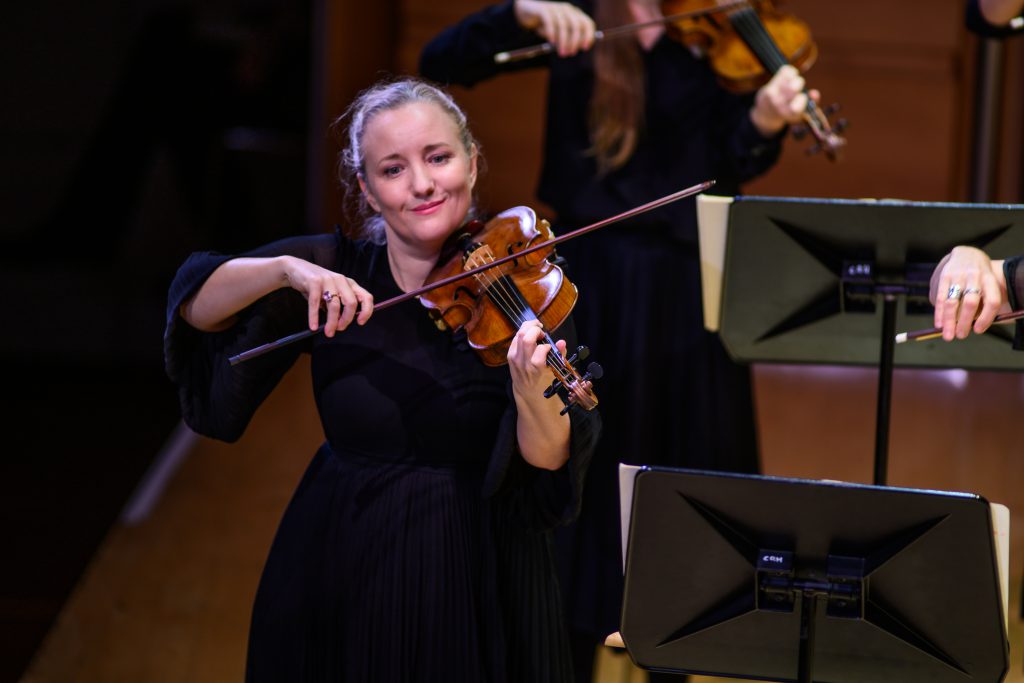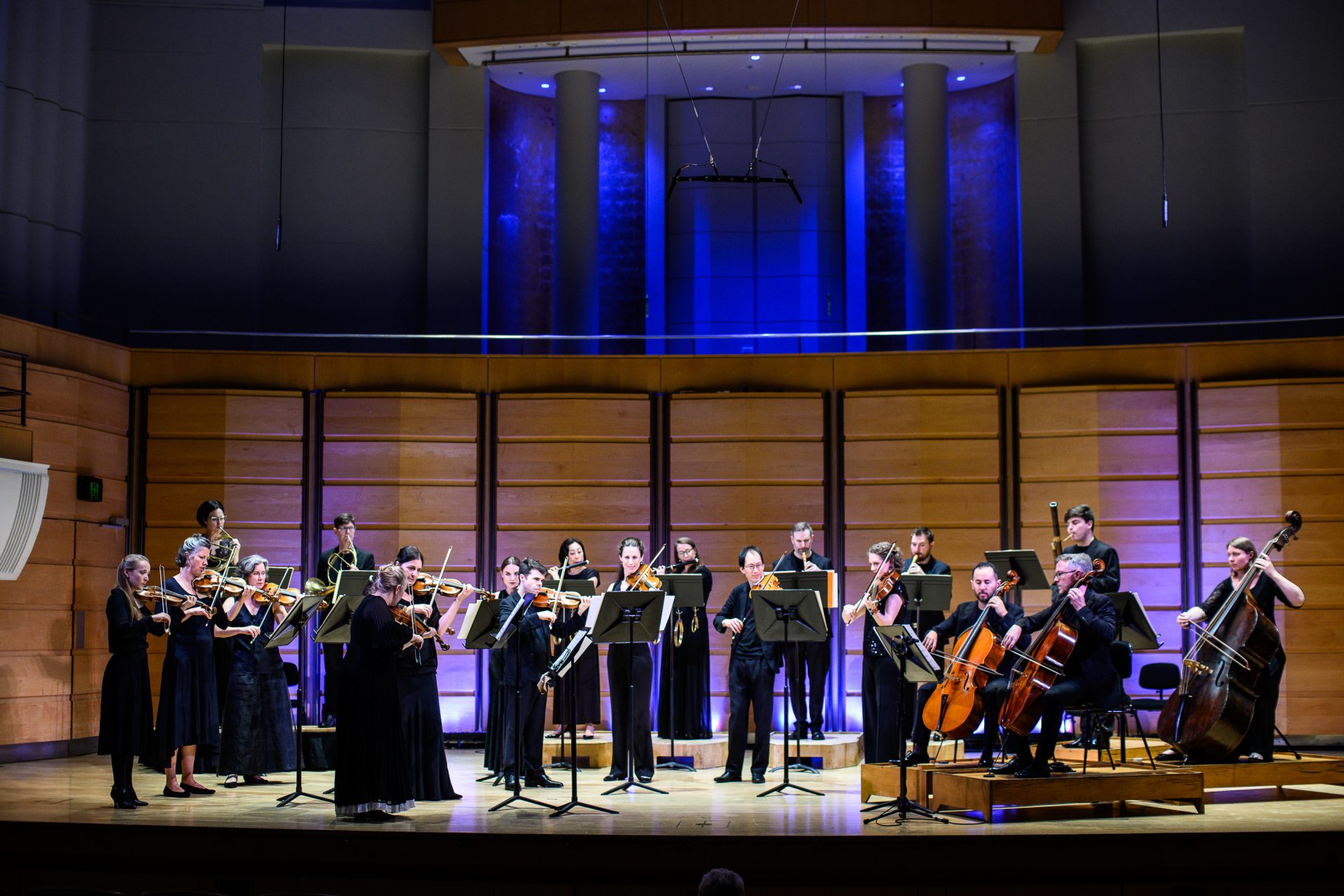This was the final concert in the Australian Haydn Ensemble’s 2024 program. It has been a star-studded and carefully curated program, which traversed the sheer variety of the Classical period – from chamber and orchestral, and instrumental and vocal, music. This concert was no exception to that theme.
The concert began with the eponymous ‘La Passione’. It is not entirely clear how Haydn’s Symphony No 49 in F minor came to assume that title. But to anyone who heard the first minute of the piece, the real reason becomes immediately apparent. Unlike most Haydn symphonies, the opening is soft, mysterious and brooding. It is, after all in F minor. The strings were reduced to the faintest of whispers, and there were several falling ‘weeping’ passages. With the gradual entry of horns comes a thunderous change in character. But in spite of all this, the music remains at all times genial and conversational. One would expect nothing less from the affable Papa Haydn.
The structure of the symphony is surprisingly traditional – slow, fast, slow, fast. It never strays too far from its home tone. The energy in the second movement is unrelenting. Even the Minuet, far from a dancelike diversion, was dark and troubled. But throughout all this Skye McIntosh maintained her characteristic poise and deftness – especially in the closing Presto, where she had glittering cadenzas against the backdrop of shimmering tremolos. The descending synchronised tremolo passages evoked the image of a thunderbolt – an image all too familiar to a Sydney audience which had just come in from a storm on the Sunday afternoon.

Mozart then played his role as the genial reprieve. Any tension built up by the Haydn was loosened by the first few bars of his Violin Concerto No 3 in G major (dubbed the ‘Strasbourg’ symphony). McIntosh’s virtuosity was on full display here. Her opening rendition of the motif was, fittingly, playful and light. She achieved what Mozart apparently saw as an ideal – ‘buttery…playing’. Her cadenzas were virtuosic, faultless and performed confidently but never with pomp or ostentation. She let the music speak for itself.
With CPE Bach we return to the brooding soundworld of Haydn’s symphony. That is no surprise. CPE Bach was fond of volatility in dynamics, rhythm and style. The music is at once inventive, exciting but pleasing. Those three appear to be the theme of this concert. Jarring augmented chords suddenly interrupt what gullible audiences would have assumed was a continuous harmonic flow.
Again, there is a certain nervous tension in the opening of Mozart’s Symphony No 29. It stretches upwards.
But it is the slower second movement which is the real highlight. McIntosh capitalises on the soft cantabile style, and her violin sang. The Ensemble gave the impression more of a homely string quartet than of a symphony.
